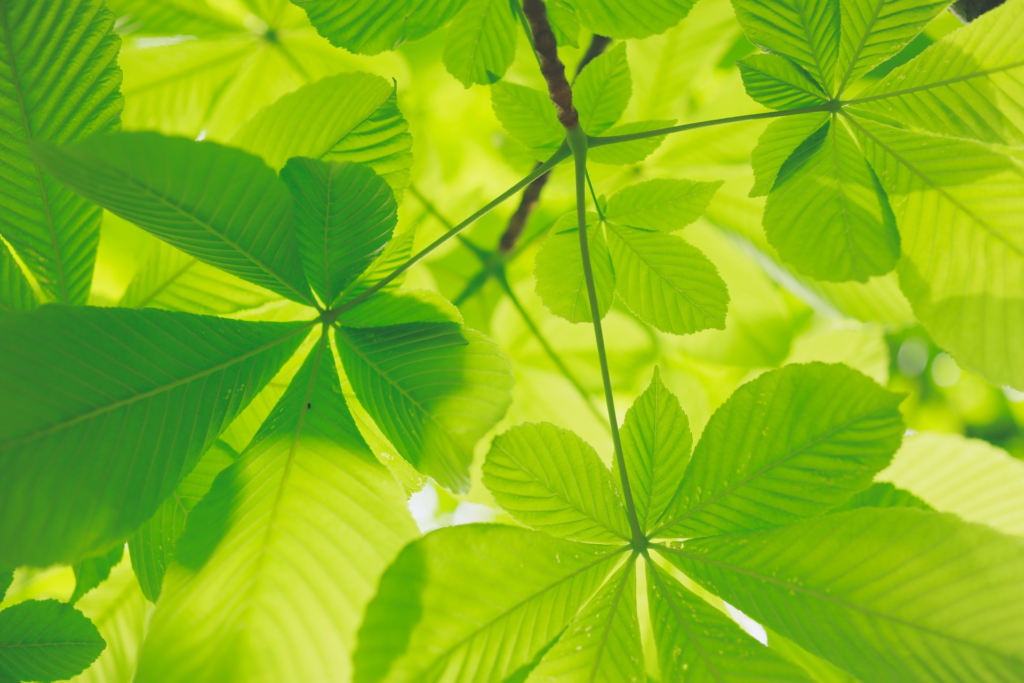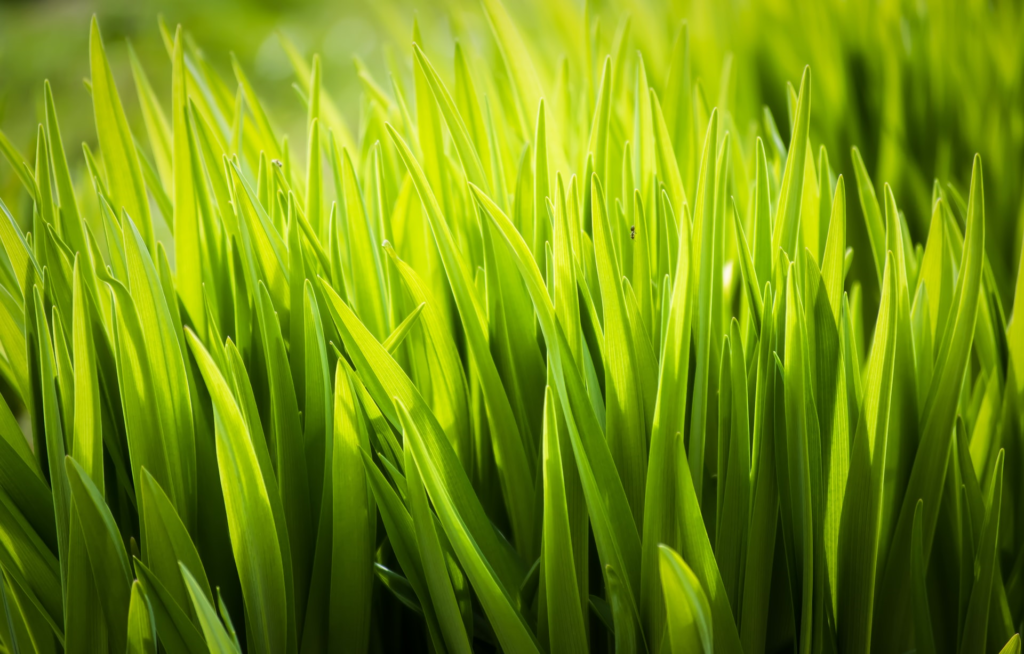(par 3. 5.2) Secondary Production

Secondary production Secondary production is the generation of biomass of heterotrophic (consumer) organisms in a system. This is driven by the transfer of organic material between trophic levels, and represents the quantity of new tissue created through the use of assimilated food. Secondary production is sometimes defined to only include consumption of primary producers by herbivorous consumers[2] (with tertiary production referring to carnivorous consumers),[3] but is more commonly […]
(par 3. 5.1) What Is an Autotroph

What Is an Autotroph? Explanation & Examples http://www.brighthubeducation.com/science-homework-help/109894-examples-of-autotrophs-plants-algae-and-bacteria/ Written by: Jarod Saucedo Edited by: Amanda Grove Updated: 10/17/2014 An autotroph is a being that can produce its own food from a variety of sources. Definition What are autotrophs? Autotrophs (also called producers) can form their own food either by using sunlight and photosynthesis (phototrophs) or […]
(par 3. 5.1) Primary production

Primary production Main article: Primary production Primary production is the synthesis of new organic material from inorganic molecules such as H2O and CO2. It is dominated by the process of photosynthesis which uses sunlight to synthesise organic molecules such as sugars, although chemosynthesis represents a small fraction of primary production. Organisms responsible for primary production include land plants, marine algae and some bacteria (including cyanobacteria).
